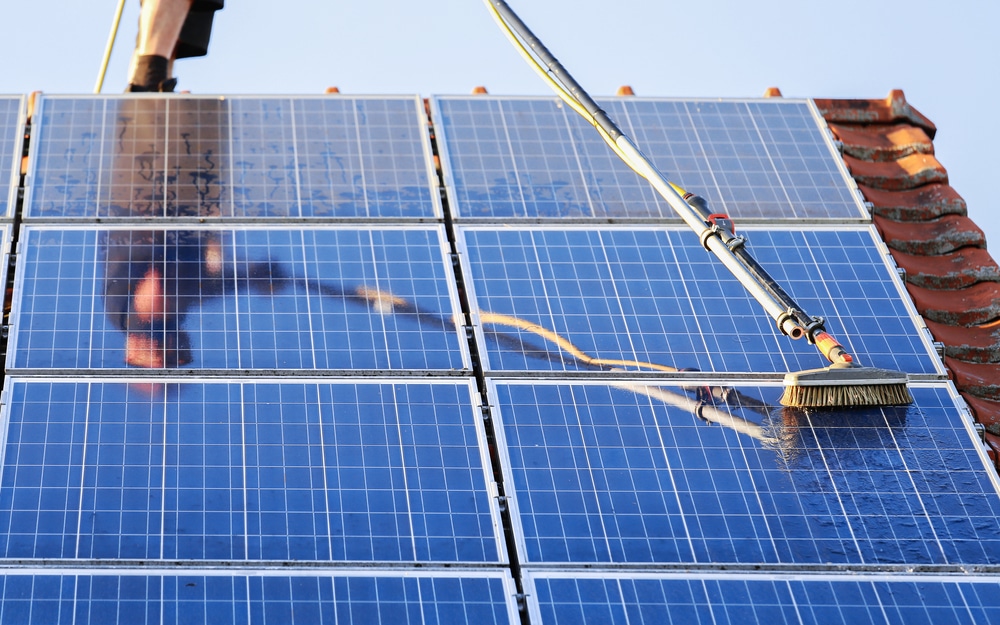Green energy sources like wind and solar can lead the world to economic prosperity with millions of jobs globally, as long as governments commit to making the transition.

That is the verdict of the International Energy Agency’s latest report.
The Net Zero by 2050 A Roadmap for the Global Energy Sector report shows that there’s a clear pathway towards net-zero carbon emissions by 2050, but not at the current rate of transition. If all climate pledges made by governments worldwide were achieved by 2050, we’d still fall well short of bringing global energy-related carbon dioxide (CO2) emissions to net zero. That target is critical if the world is to be successful in limiting the global temperature rise to 1.5°C.
The report is the first of its kind and provides a comprehensive study into how to transition to a net-zero energy system while maintaining network stability and keeping costs affordable. Ensuring that everyone in the world has access and that the system will provide robust economic growth were also factors included in the study.
The findings show a clear pathway that ticks every box, including creating millions of jobs and boosting economies worldwide – but only if governments come to the party.
IEA Executive Director Fatih Birol said the window of opportunity was small and it was vital that governments did increase their climate commitments to make it a reality.
“Our Roadmap shows the priority actions that are needed today to ensure the opportunity of net-zero emissions by 2050 – narrow but still achievable – is not lost,” he said.
“The IEA’s pathway to this brighter future brings a historic surge in clean energy investment that creates millions of new jobs and lifts global economic growth.
“Moving the world onto that pathway requires strong and credible policy actions from governments, underpinned by much greater international cooperation.”
Will the world come together to create a net-zero future in 2021?
The study comes at a vital time, with the 26th Conference of the Parties (COP26) of the United Nations Framework Convention on Climate Change to be held in Glasgow this November. COP26 is expected to build on the foundations of the 2015 Paris Agreement.
It is expected that nations from around the world will bring new climate commitments to COP26 and this IEA report could provide the catalyst. The findings have set more than 400 milestones that need to be reached, including outlawing the sale of combustion engine vehicles by 2035 and steering electricity networks to net-zero emissions by 2040.
Australian Prime Minister Scott Morrison reassured The Leaders Summit on Climate Change, hosted by United States President Joe Biden this year, that Australia would meet net-zero carbon targets, but not solely through renewable technologies.
Mr Morrison said Australia aims to meet its targets through new technologies, including clean hydrogen, green steel, energy storage and carbon capture. It remains unclear on whether his stance will change by the time COP26 is held.
Get a quick solar quote, or contact us today toll-free on 1800 EMATTERS. You can also email our friendly team for expert, obligation-free advice.












































